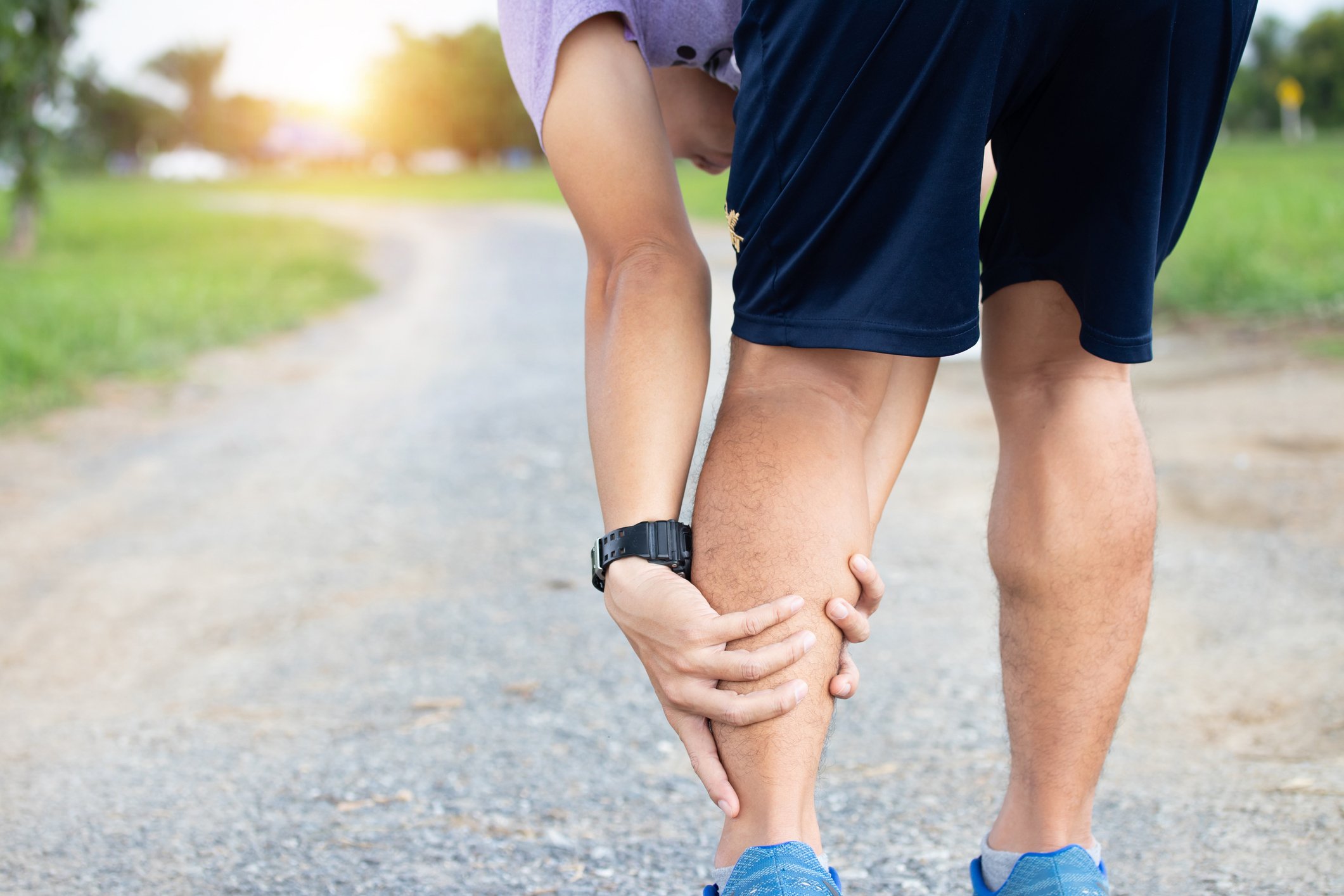peripheral vascular disease
Peripheral Vascular Disease/Claudication
Claudication is pain caused by too little blood flow to muscles during exercise. Most often this pain occurs in the legs after walking at a certain pace and for a certain amount of time — depending on the severity of the condition.
The condition is also called intermittent claudication because the pain usually isn’t constant. It begins during exercise and ends with rest. As claudication worsens, however, the pain may occur during rest.
Claudication is technically a symptom of disease, most often peripheral artery disease, a narrowing of arteries in the limbs that restricts blood flow.
Treatments focus on lowering the risks of vascular disease, reducing pain, increasing mobility and preventing damage to tissues.
Claudication refers to muscle pain due to lack of oxygen that’s triggered by activity and relieved by rest. Symptoms include the following:
Pain, ache, discomfort or fatigue in muscles every time you use those muscles
Pain in the calves, thighs, buttocks, hips or feet
Less often, pain in shoulders, biceps and forearms
Pain that gets better soon after resting
The pain may become more severe over time. You may even start to have pain at rest.
Signs or symptoms of peripheral artery disease, usually in more-advanced stages, include:
Cool skin
Severe, constant pain that progresses to numbness
Skin discoloration
Wounds that don’t heal
Talk to your doctor if you have pain in your legs or arms when you exercise. Claudication can lead to a cycle that results in worsening cardiovascular health. Pain may make exercise intolerable, and a lack of exercise results in poorer health.
Peripheral artery disease is a sign of poor cardiovascular health and an increased risk of heart attack and stroke.
Other conditions involving the blood, nerves, and bones can contribute to leg and arm pain during exercise. It’s important to have a complete exam and appropriate tests to diagnose potential causes of pain.

Have a Question?
Contact
518-562-7557
cvvascular@outlook.com
